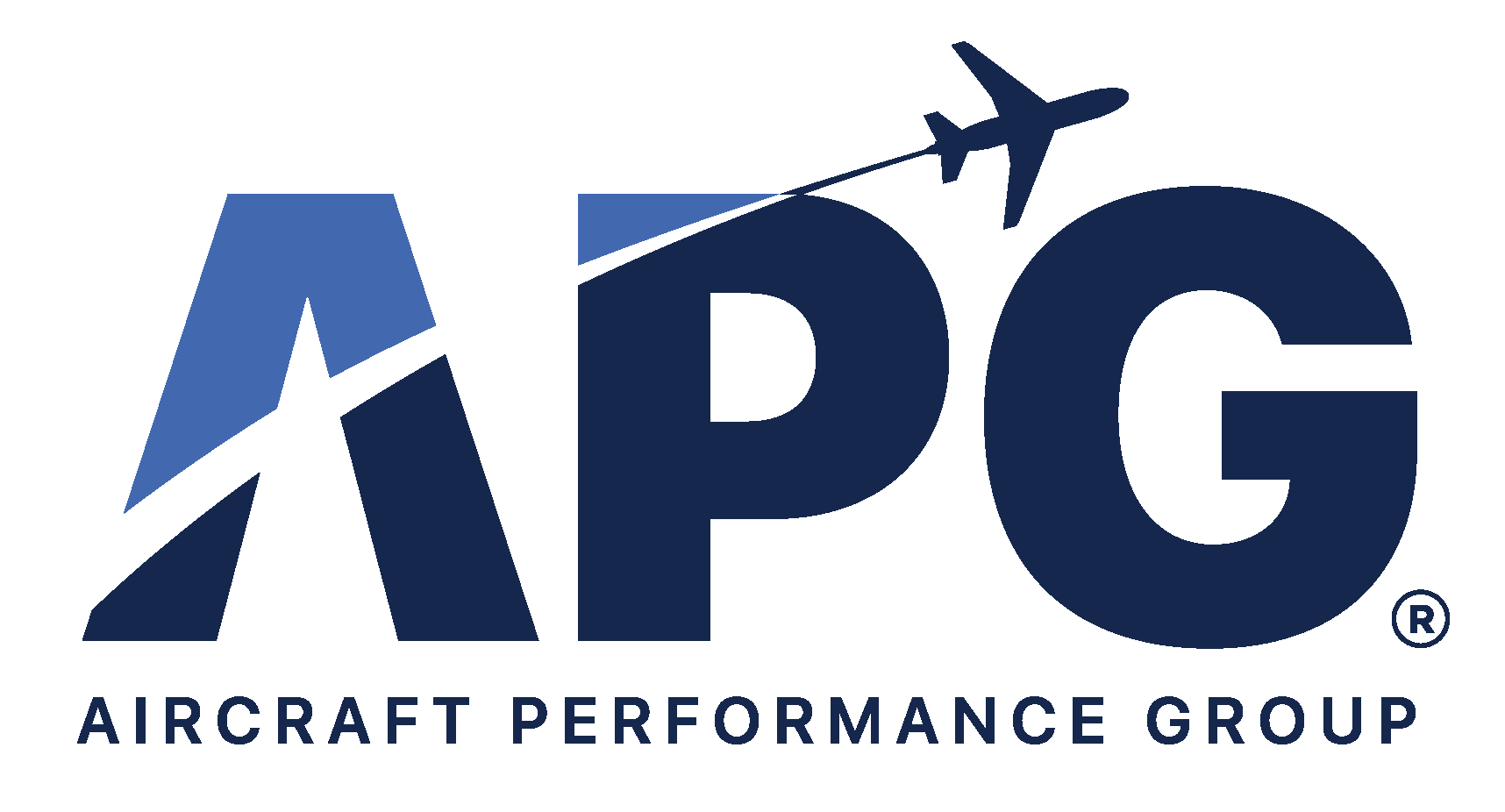
We are happy to announce that our innovative TERPS (Terminal Instrument Procedures) feature, SID Analyzer, is now included in iPreFlight Genesis PRO.
iPreFlight Genesis PRO is APG’s fully integrated flight planning and performance tool for dispatchers and pilots. With the inclusion of the SID Analyzer, pilots can now determine the maximum weight at which the SID climb gradient can be met, either with all engines operating or with one engine inoperative. This insight allows for better decision-making and increased situational awareness during critical phases of flight.
Watch the video or read the transcript below to find out more.
Contact sales@apgdata.com for a live product demo.
SID Analyzer Demo Transcript
Recognizing that there are no tools in the market to show that you can meet a SID Climb Gradient, the InFO 18014 says to use the best data that’s available. Some manufacturers have published all engines operating data and some have not. For those who have, Part 25 does not require the manufacturer to publish it but they will publish it as advisory data or in some sort of supplement or appendix.
APG has taken that data and used that to build our tool here. When it’s not available APG has built an estimated model from the one engine and inoperative climb gradient dat, we can predict what the all engines operating data will be. We’ve done that in a conservative fashion that we can confirm mathematically that the aircraft will always outperform what we’ve modeled. But what we’ve modeled is not too restrictive so as to give kind of a false negative that, no you can’t take off and so let’s walk through a little bit how it looks in the application today.
So this is our Genesis application either Performance or Navigator, and the first thing we want to do is look at our engine out procedure. Our design model for this application is if it’s blue text it’s something that you can tap on and take an action on. In this case I’ve highlighted the letters DP there, if you tap on those it brings up that Engine Out procedure that I showed earlier.
Now one of the things I mentioned when we talked about air speed restrictions and how it affects your turn radius, we’ve actually restricted this particular procedure to 130 knots. We do have another procedure it’s DP3 at this Airfield that’s for higher air speeds. So what we want to know is if you use this procedure DP7 the way we’ve modeled it with the 4 DME, you are limited to 130 knots, and in fact our software enforces that. We will limit your takeoff weight so that it does not exceed, your V2 does not exceed 130 knots. But in this case we need to verify that we meet that speed restriction.
So what I have modeled here is a 65,000 pound takeoff weight, you see that in the middle of the page there. And if we select the limit weight that we have shown there, that is our Runway analysis limited weight, and we see a code that says “-o” which means obstacle limited. So with a one engine inoperative climb profile we have determined that the limit weight is 82,372 pounds. However, if you tap on that we will bring up a screen that shows your climb speeds and your distances for your actual plan takeoff weight of 65,000 and as you see at the top of this popup window here, your plan take off weighed 65,000 pounds. For that weight, the V2 speeds for a fully rated power takeoff, which is the left column, is 116 knots. This particular aircraft I chose does have a flex thrust or reduced thrust capability and for our assumed temperature that we determined the reduced thrust climbing speed is 115 knots. Both of those speeds are below 130 knots so we know that the procedure we’ve selected is acceptable for use at this takeoff weight.
So now we want to know if we can meet the SID requirements all engines operating. We know from a runway analysis standpoint that we can meet it because our limit weights over 82,000 pounds against a plan takeoff weight of 65,000 pounds. But to figure out if we can meet the SID climb requirements with all engines operating, we’ve added this column called “Required Climb” and if you tap on the specify button it brings up an interface where you can enter in what the climb requirements are for the SID.
So in this case this RD3 has a requirement 460 ft per nautical mile to 14,000 feet. The thing you’ll see at the top is we have a toggle so you can model this either with one engine in operative or all engines operating. There is an advantage to being able to show that you can meet a SID one engine inoperative. If you find that you can meet the SID with one engine inoperative and your runway analysis shows that you can clear the close-in obstacles, then you don’t need to brief an engine out procedure. If you would lose an engine you know that the aircraft is capable of meeting the SID climb requirements and you can stay on the SID while you still declare an emergency and you still talk to ATC, but you don’t have to change from your SID to your engine out procedure and you don’t have to brief an engine out procedure before flight. So, if you can meet at one engine inoperative it does make the crew briefing easier.
So if we hit the apply button on this page the way I have it selected here with the one engine inoperative selected, we see that in this case, no you cannot meet the SID at your takeoff weight. And we know that because our limit weight reduced to just over 53,000 lb. We’ve introduced a new code with this release with this feature of RG for required gradient. And because the column has grayed out we can’t get V Speeds for this because it’s not an acceptable weight and the plan takeoff weight has turned red in this display. So those are your indicators that you cannot take off and meet your SID climb requirement as you have entered it with one engine inoperative.
So that’s okay, we’re going to go back into the tool now and we’re going to tap on that text and we’re going to switch to all engines operating. In this case this is an aircraft that we do not have all engines operating data modeled in this profile, so you get an alert at the bottom of the popup there when we switch to all engines operating stating that this is estimated performance. As I say this is conservatively estimated and we know the aircraft will in actuality outperform what we’re modeling, so you can safely use our estimate as it’s presented. When I switch to all engines operating, now our limit weight goes up to 74,000 lb which is above our plan takeoff weight so that has turned green again.
So what this tells the crew is I have the proper engine out procedure selected I verified that with my V Speeds. I cannot meet the SID climb requirement with one engine inoperative, that was the previous test that we did, so I have to have an engine out procedure. If I don’t lose an engine I’m going to fly the SID exactly as written. If I do lose an engine before the deviation point which was the 9,100 foot decision point, then I’m going to switch to the engine out procedure.
One of the things I want to draw your attention to is this row that we’ve added here “Average Second Segment Climb Gradient” when you pop this up. Even though we entered in all engines operating as our mode that we’re showing that we can meet the SID, we are still providing average second segment gradient data for situational awareness purposes only and that assumes one engine inoperative. So if you do switch to the engine out procedure this is the climb performance you can expect to achieve: 5.6% for a fully rated takeoff or only 3.7% for a reduced thrust takeoff. And that’s why the engine out procedure is so important we have done the analysis to show that using this performance as modeled here, you can safely follow the engine out procedure, enter the hold, and be clear of all terrain and obstacles by 35 ft with your net climb gradient.
I’m going to switch aircraft here to one that we do have all engines operating data for. This happens to be a Citation Mustang which is a Part 23 certified aircraft. Part 23 certified aircraft do require all engines operating data to be published, so if you’re a King Air operator or a Mustang operator for instance, you will have this all engines operating data available from the manufacturer and we will use that. So, to show how that looks a little bit different we’re going to hit the specify button and this time when I select the all engines operating toggle, you see that we do not have the alert that’s because we are now using manufacturer data. And in fact, as soon as I hit apply on that, what we see is that the limit weight remains a structural limit in this case. So in this case, the performance is from the manufacturer which is always going to outperform what APG is modeling if we were to estimate it from the one engine in operative analysis.
There’s one other change that happens when you have manufacturer data as well and this is a new row that we’ve added to our display here of your “All Engines Operating Speed.” The climb capabilities of the aircraft are a function of the climb speed that’s being flown, so in this case if you don’t lose an engine, and you fly the SID, your all engines operating speed to achieve the performance as predicted by the manufacturer is a 130 knots. This speed will show up in your Briefing Pack as well as on your Told Cards when you’re using this feature.
So that was a relatively quick flyby of the application and the feature that we have I hope that what you take away from this is an understanding of how SIDS and EOPS are different, how they work together, how the pilot is supposed to identify as part of the preflight briefing where the deviation point is between the engine out procedure and the SID, and then how to use our application – this new SID Analyzer feature that we’ve developed to show that both the SID and the engine out procedure can be met under the correct conditions.
If you have additional questions we would love to talk with you about it. We do have on our website a page dedicated to this feature and then the phone number I have there is our main phone number. We would love to talk with you about any questions you have.


